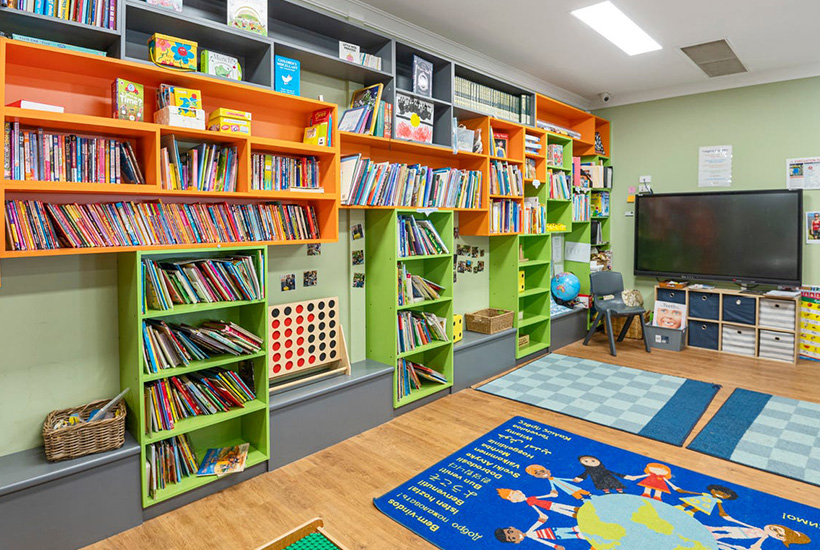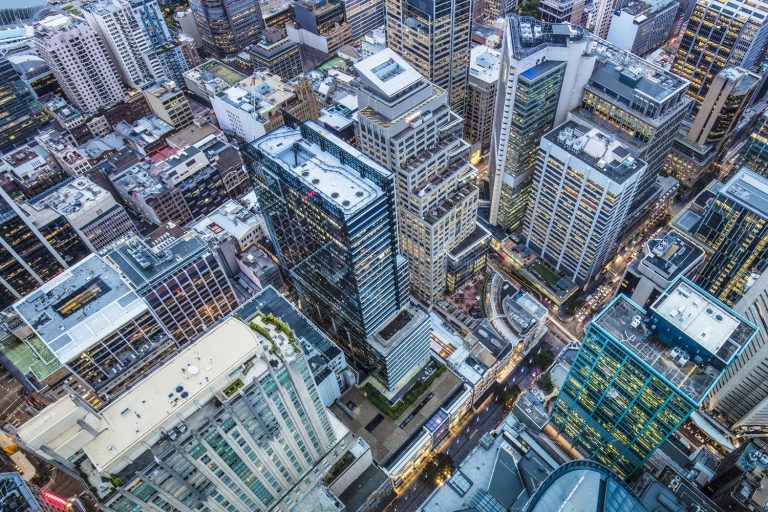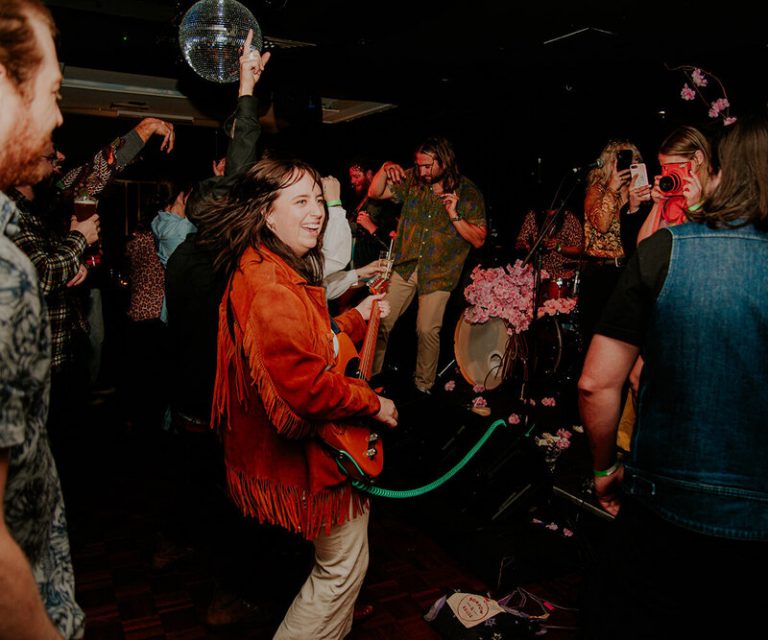Childcare boom just getting started as more investors target opportunities

As the demand for childcare grows, so too does the demand for childcare real estate, with government rebates and social and demographic changes underpinning the success of these assets.
While sales volumes have remained subdued across most commercial property sectors since the start of the pandemic, it’s been a different story for childcare.
After a lull in sales following the initial COVID-19 outbreak, the number of childcare assets selling bounced back strongly, hitting a record high in the second half of 2020.
Sales activity has remained strong this year, with volumes recently bolstered by the $98 million sale of a portfolio of 12 childcare assets located across Victoria and Western Australia to Home Consortium’s ASX listed HealthCo Healthcare and Wellness REIT. Developed by Allaf Property, this is the largest childcare portfolio to transact in Australia.
Currently, the total value of Australia childcare real estate is around $28 billion, according to estimates by JLL, and it’s predicted to grow even further.
Last financial year, an extra 297 childcare centres were added, bringing the total to 8,322 according to the Australian Children’s Education and Care Quality Authority. There are an estimated 400 additional centres at various stages in the development pipeline.
Childcare centres were one of only a few sectors to see yields fall in 2020, with growing competition combined with low interest rates accelerating price growth.
Across metro and regional Australia, initial yields on childcare centres averaged 5.3% in August according to JLL, down over 100 basis points from the 12 months prior.
Depending on the location, quality and tenant, however, yields can be considerably higher or lower than this. In September, for example, three different childcare centres sold at staggering sub-4% yields. All three were located in New South Wales with long leases in place.
Looking at sales from the past 12 months, the price tag on a childcare centre ranged from just $1 million to well above $10 million. Part of the success of these assets relates to their broad appeal, both in relation to budget and also investor type, from smaller privates to ASX listed funds.
Growing demand for childcare property has been clearly evident on realcommercial.com.au.
Among those looking to buy development sites, ‘childcare’ has been the most used keyword accompanying searches over each of the past six months, overtaking ‘residential’ which previously held the crown.
‘Childcare’ was also the most searched keyword in the medical and consulting category, and has steadily risen up the ranks in office and retail searches.
According to the Department of Education, there were 1.3 million children attending a subsidy-approved childcare in March 2020, 60% of which were enrolled in a centre-based day care.
This number is predicted to rise due to population growth and an increase in the proportion of two-working-parent households. In 2011, 39% of children five or under attended childcare. By 2020, this had risen to 45%.
Government grants are another boon for the sector. The most recent federal budget introduced a $1.7 billion subsidy to help families with multiple children under school age attend childcare. It also removed the $10,560 subsidy cap on high income earning families.
These changes should fuel increased demand for childcare places, and further support a class of property which has proved extremely resilient throughout the pandemic.







